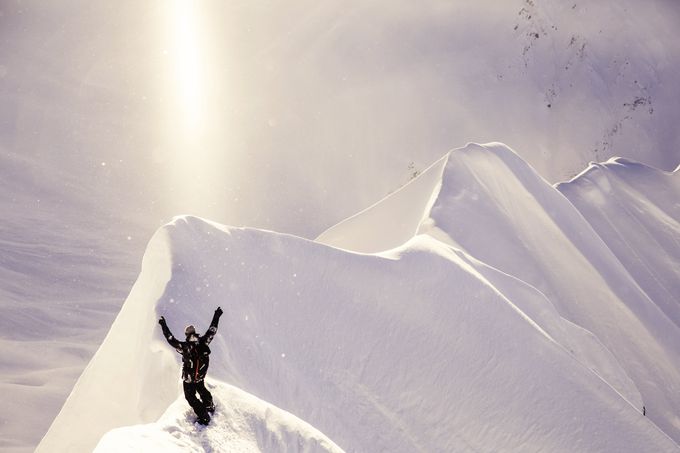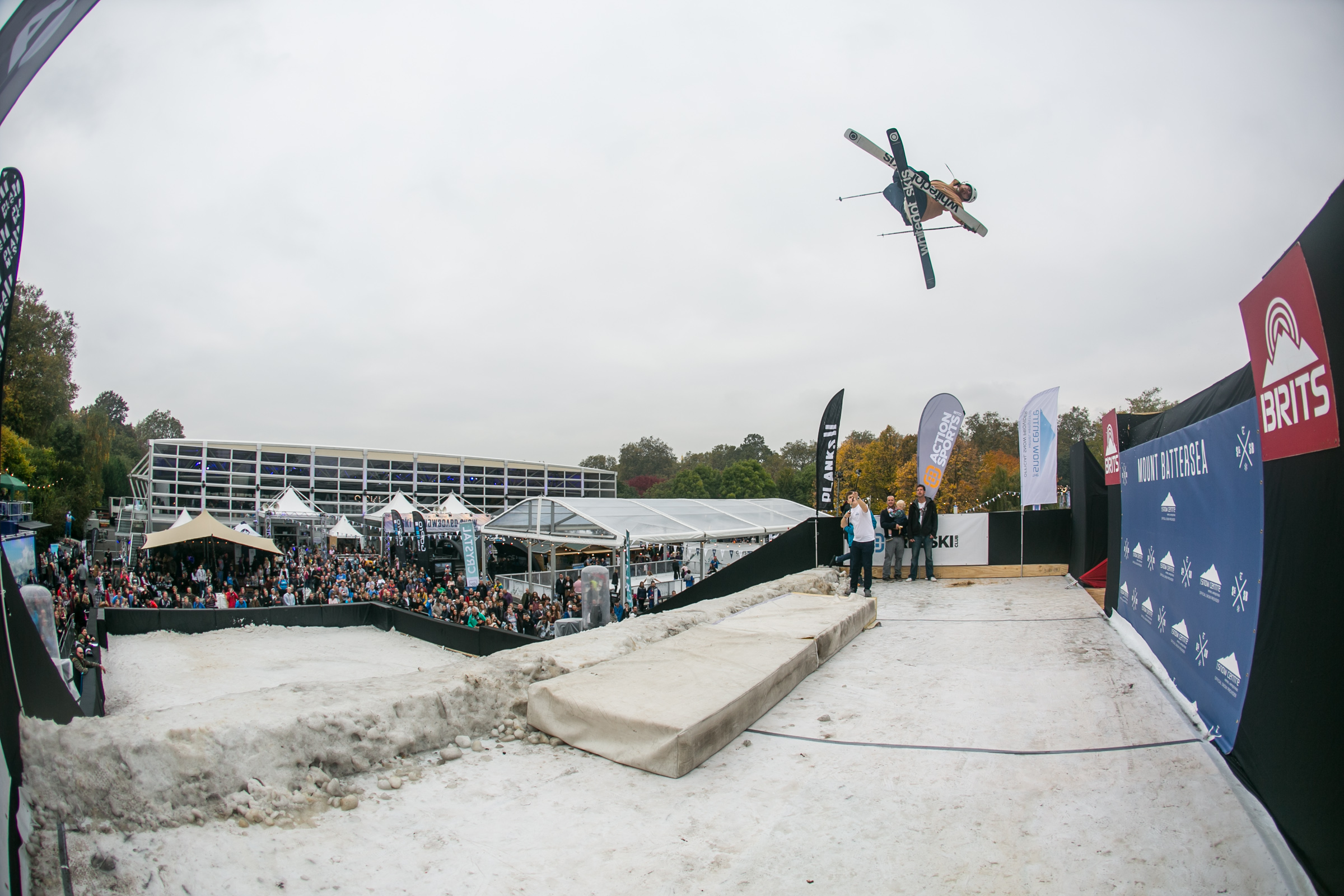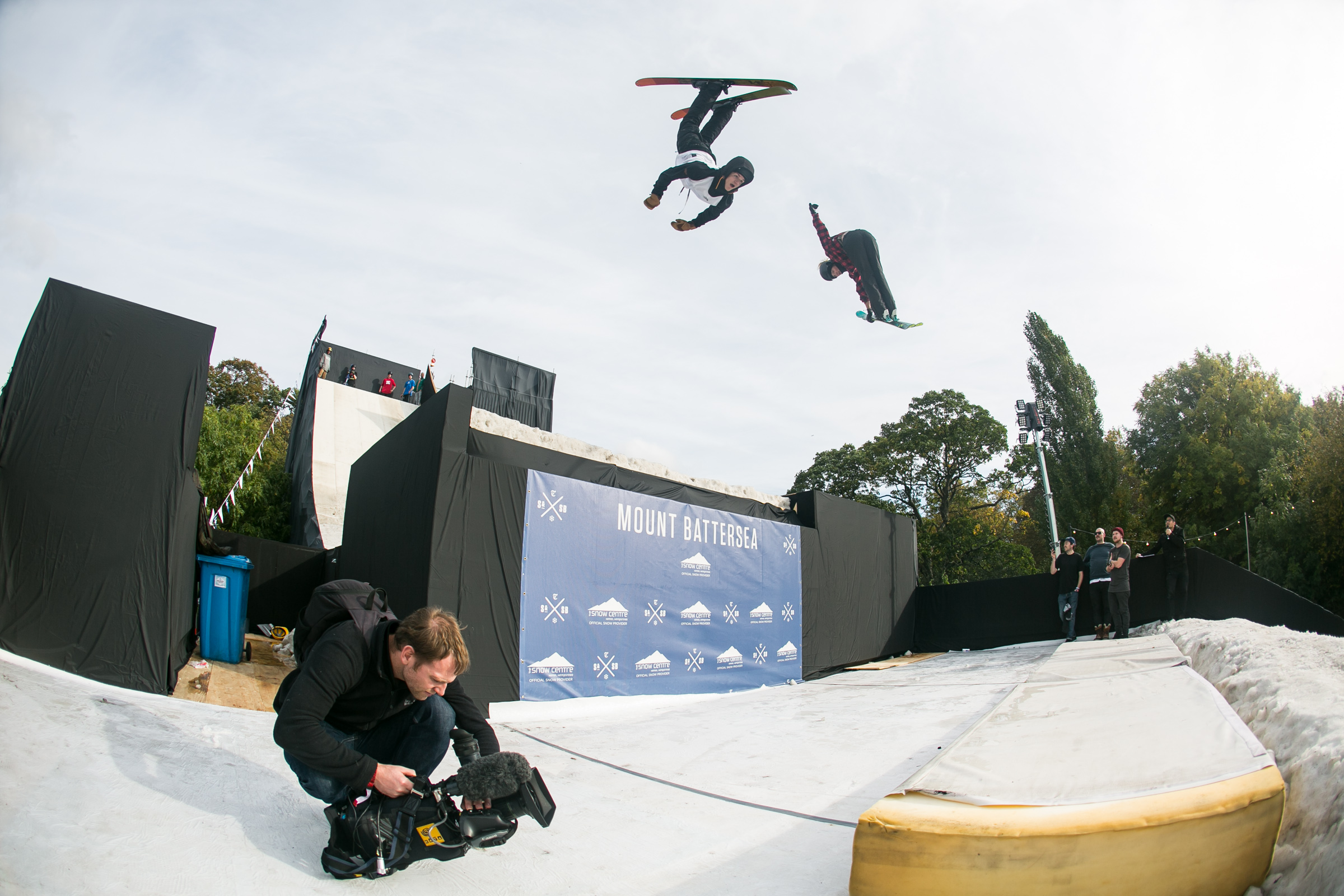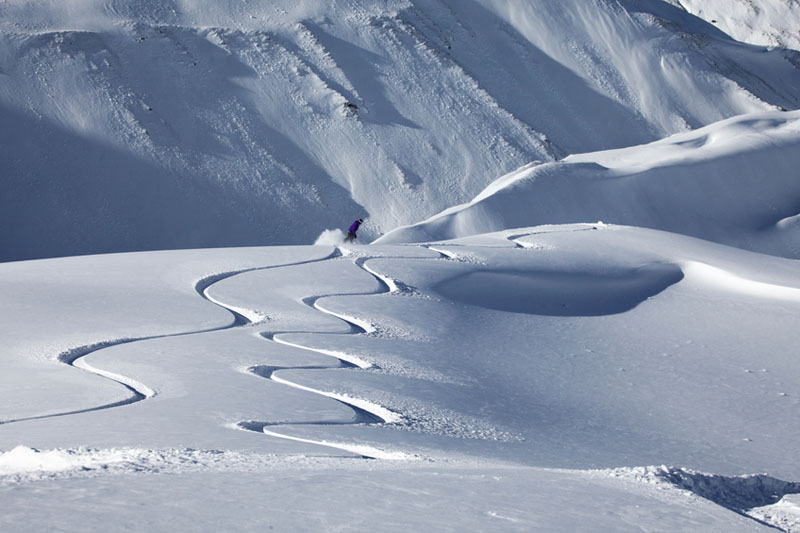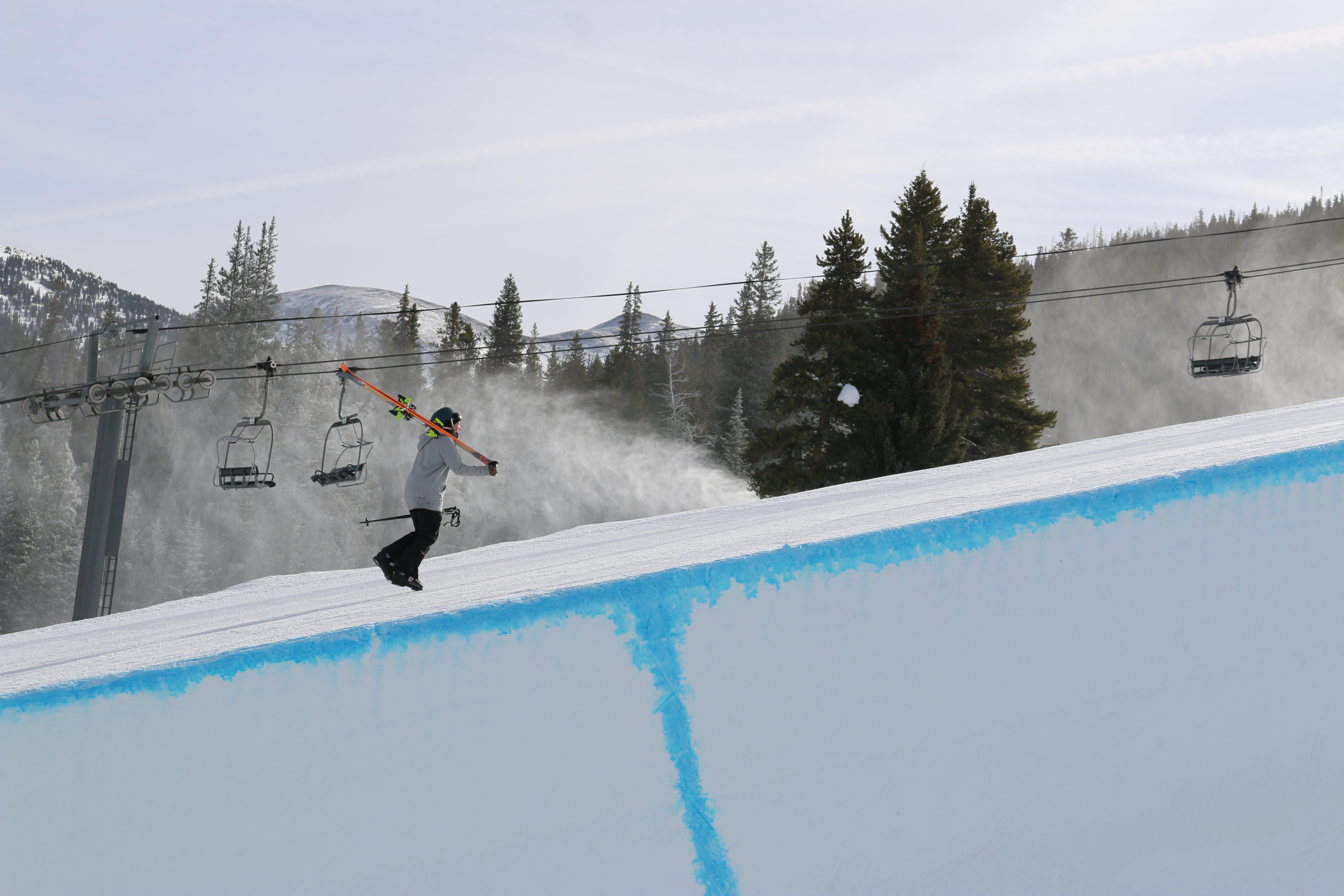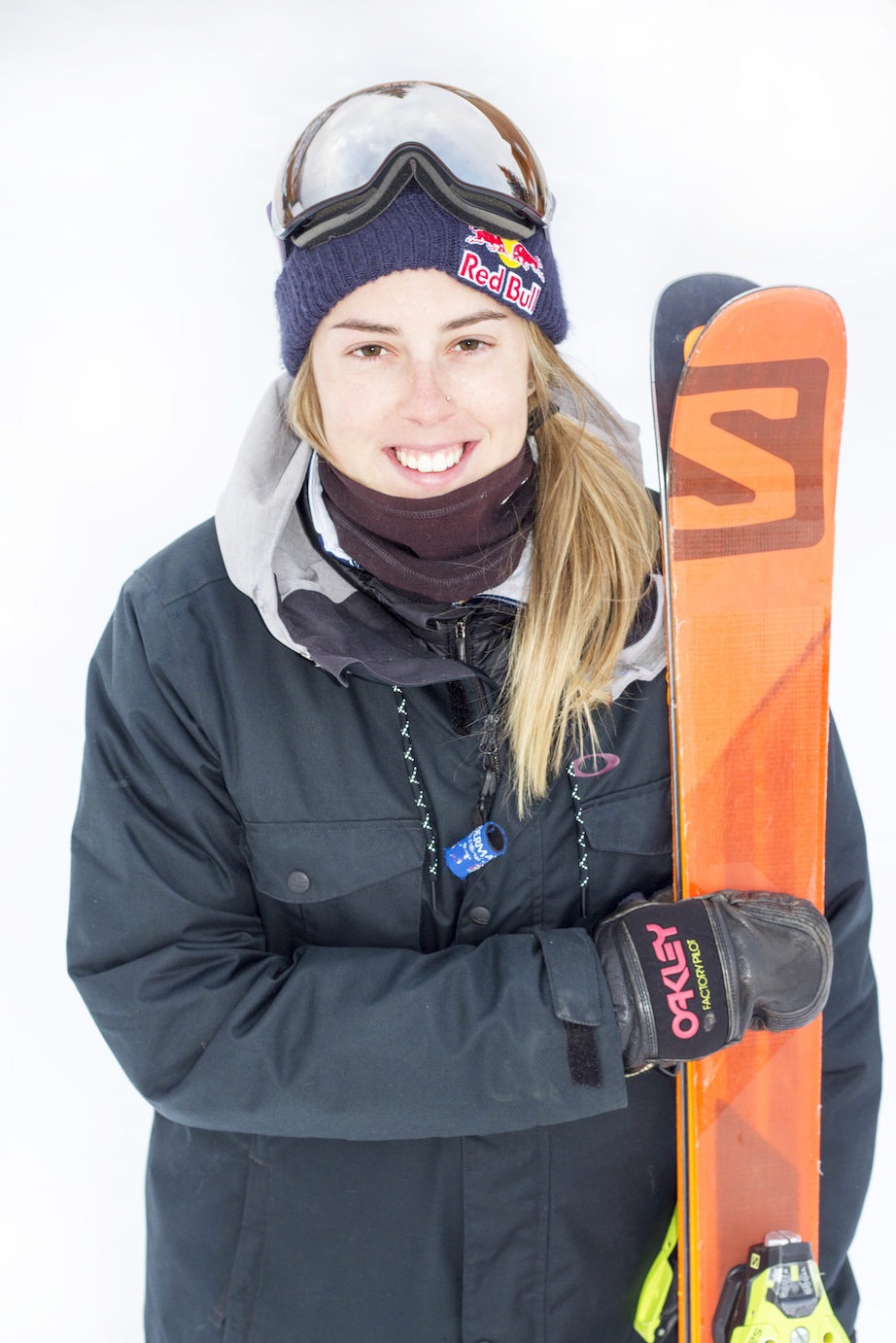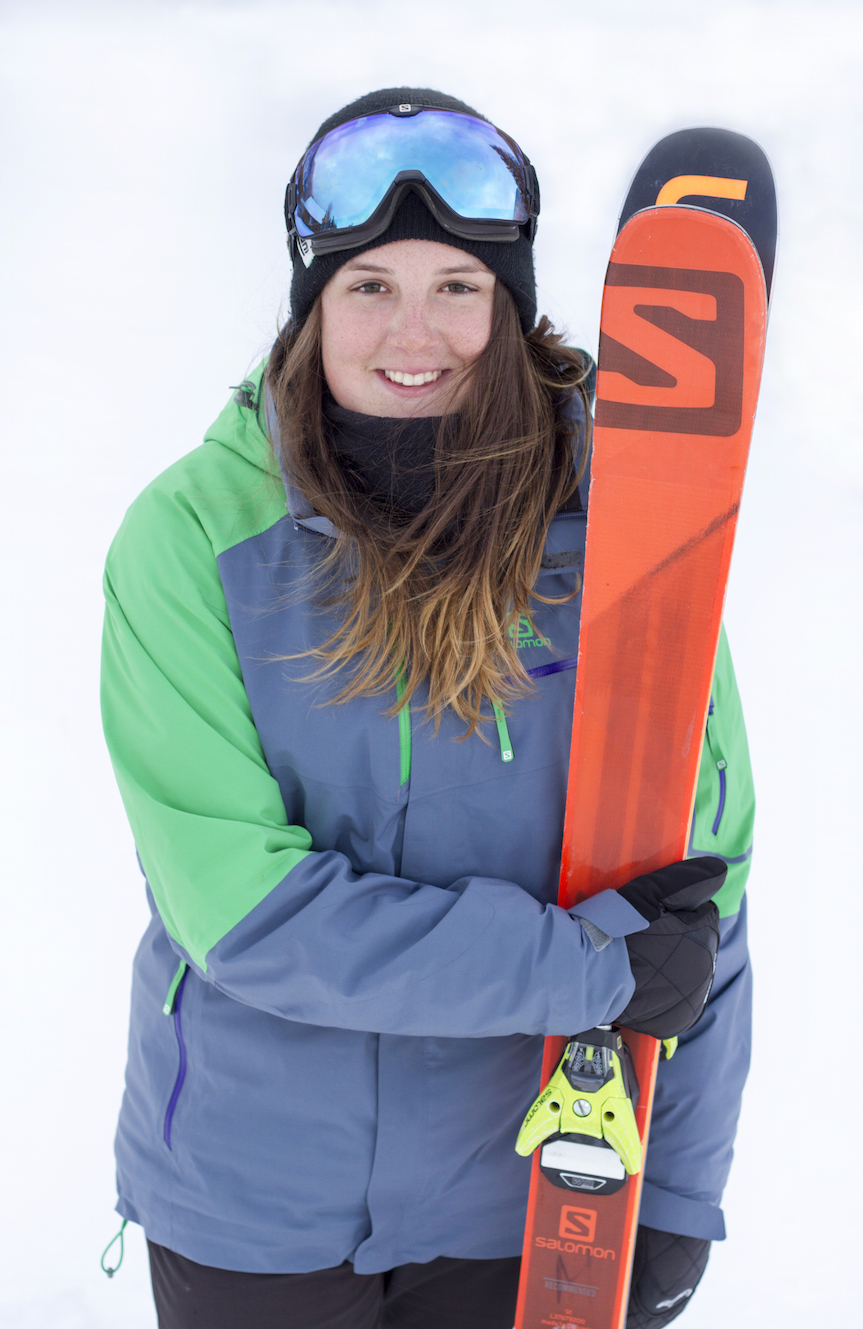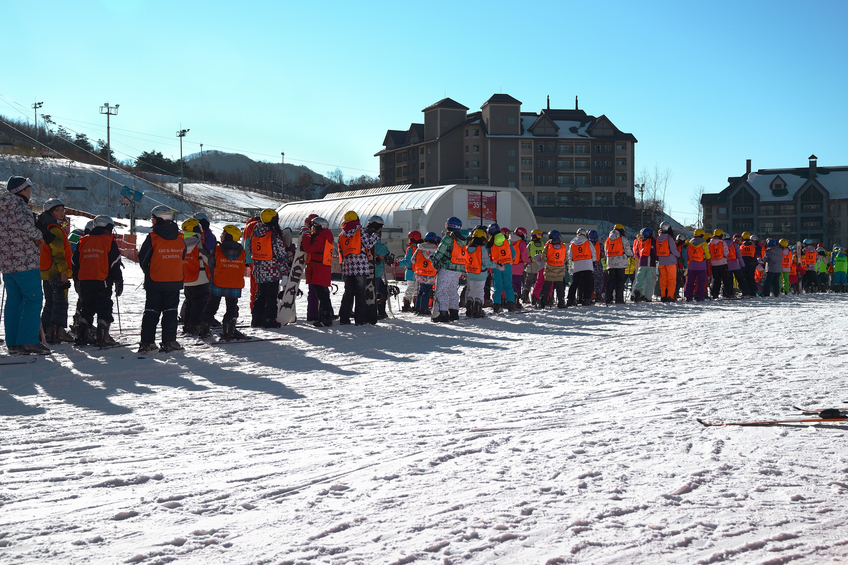Words by Sam Haddad | Main photo James Woods by Jenny Bletcher
Before the last Winter Olympics in Sochi, if you’d asked my Mum and Dad to name a famous British skier they’d have said Eddie the Eagle. If you ask them now they’ll say the boy with the hair. Meaning James Woods or Woodsy. The long-haired Sheffield-born skier who looks a bit like Skrillex. As you can probably guess they’re not snow people, so unless a skier or snowboarder makes it onto the BBC Breakfast sofa or the home page of their favourite news site it will pass them by.
We weren’t part of the ski set when I was growing up, and my love of snowsports didn’t start until my 20s when a friend told me I’d like snowboarding. He was right. It wouldn’t have crossed my mind to try skiing back then. Snowboarding looked super fun and a natural extension of skateboarding, which I’d loved as a kid. It looked like the future, while skiing looked stuffy and backwards, the preserve of a small group of posh people from Fulham who wore red cords.
